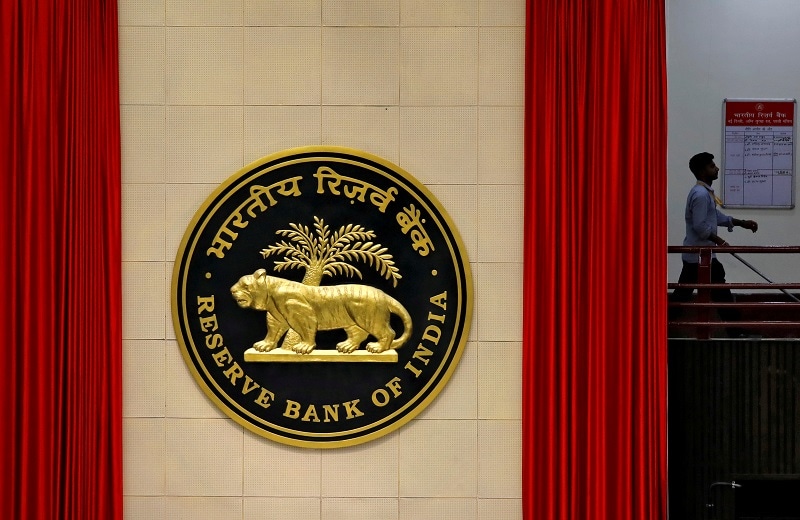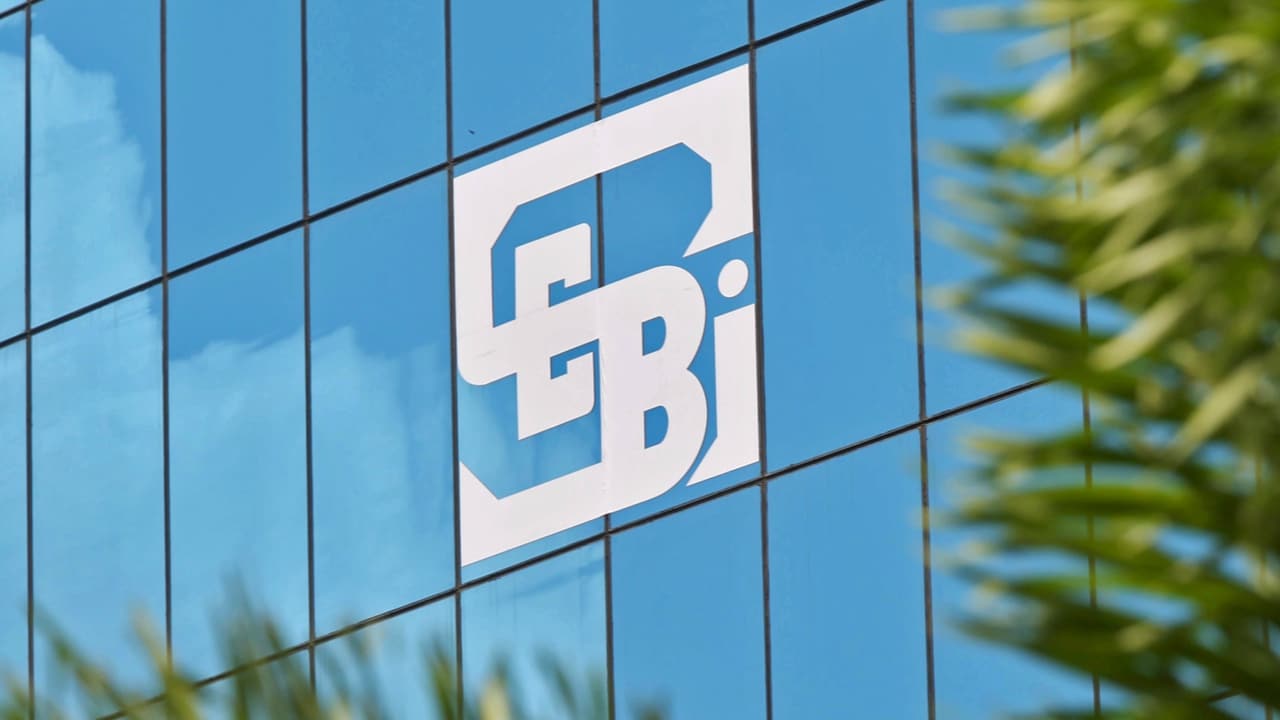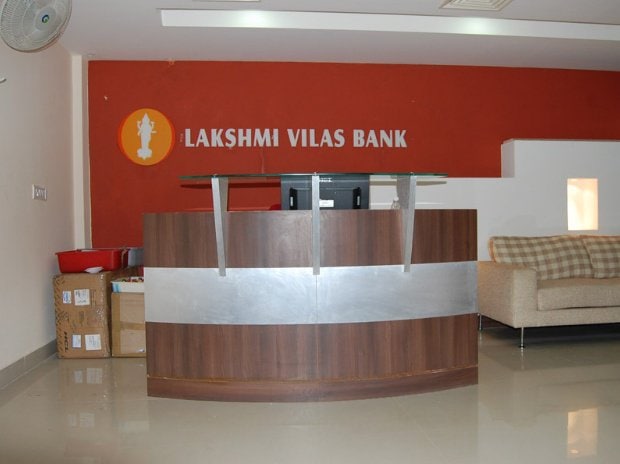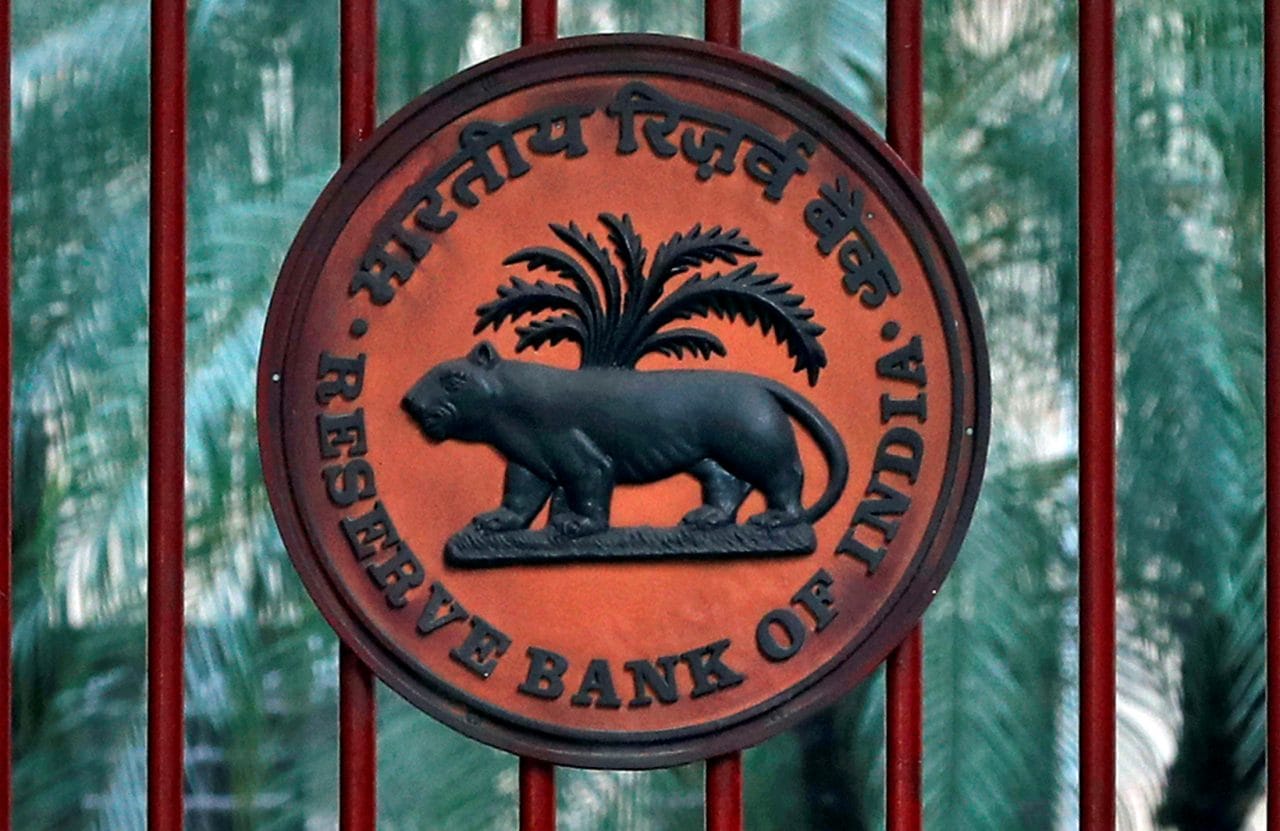Here’s what key voices from the world of business and markets told CNBC-TV18 today

KV Prasad Jun 13, 2022, 06:35 AM IST (Published)
 Listen to the Article (6 Minutes)
Listen to the Article (6 Minutes)
Summary
The long-term structural growth story of India is still intact. That is why we continue to invest in India. I have a very strong bias towards largecap stocks because as a foreign investor, we know that India can be volatile and when liquidity dries up, those very high beta smallcap and midcap stocks can damage …
Continue reading “Here’s what key voices from the world of business and markets told CNBC-TV18 today”
The long-term structural growth story of India is still intact. That is why we continue to invest in India. I have a very strong bias towards largecap stocks because as a foreign investor, we know that India can be volatile and when liquidity dries up, those very high beta smallcap and midcap stocks can damage your portfolio. So, I generally stick with largecaps and Infosys and Tata Consultancy Services (TCS) are the two largest IT services stocks in my portfolio.
– Mary Manning, portfolio manager at Ellerston Capital
***********
India has done better than ASEAN, places like Taiwan, Malaysia, Philippines or some of the weaker EMs like Brazil, South Africa, Turkey or Russia. India never looks attractive on the regional or a global basis from a valuation perspective. It is going to be the thirteenth year in a row of declining earnings. It is the promise of India and a select few pockets where Indian businesses actually do have competitive advantages that keep investors invested in India.
– Viktor Shvets, Macquarie
***********
I think the other states may also follow suit (stamp duty cut) because housing can spur economic growth in a big way as it creates many jobs. In July, we disbursed about Rs 7,600 crore which is 18 percent higher than what we had done June. Year-on-year in July we have done 81 percent of what we had done in July last year.
– Keki Mistry, CEO of Housing Development Finance Corporation
***********
In terms of FX – foreign currency – RBI does not have a policy framework. The only thing is the RBI intervenes to manage some unstated measure of volatility, it does not target a level. They don’t have a policy in place, which means they can justify anything.
We have to second-guess what the RBI will be thinking and too much of appreciation of the rupee is not good for our industry. It is true that we have a current account surplus. But when the economy recovers again and the consumption comes back, chances are that we will go into a current account deficit again and we will have negative overall permanent flows going through.
– Ananth Narayan, Professor at SPJIMR
***********
We are now looking at immediate horizons that when we meet our targets. We need to book the profits and stay with it at that point of time. Even if you have to churn sectors, that is fine with us but now there are no more holy cows in the system that we must carry them long-term. We are very clear in our mind that profit targets need to be met.
– Ajay Srivastava, CEO, Dimensions Corporate Finance Services
***********
There will be some pressure on the asset quality because 90 percent of our customers have already self-occupied their residential properties which we have funded. So no construction risk is there in our book. We may see some delay in the collections but there may not be ultimate default or losses this year.
– Ghanshyam Rawat, Co-Founder & CFO, Aavas Financiers
***********
There is a lot of demand from digital channels. So, it is new for the industry and the consumers, and brands that can satisfy consumer needs will definitely get the benefit. Compared to the last year, things are subdued and tougher, but overall we see a positive demand from the customers. We had a very strong Q1 and we continue to have a strong momentum even in Q2. So we remain optimistic and bullish.
– Mohit Malhotra, MD & CEO of Godrej Properties
***********
If in the month of September all SMA II customers default, that will add up to NPA. We are pretty comfortable on that because we had very tight control on our SMA numbers. So we don’t see any significant rise in NPAs next quarter.
– Girish Kousgi, MD & CEO of Can Fin Homes
***********
When we opened up in the post lockdown, everybody thought that consumer durable was seeing pent-up demand. But now in August, we have seen that demand is back. We are more or less nearly at par with last August. In July we were 70-75 percent, in August we are nearing to 100 percent.
– Nilesh Gupta, Managing Partner of Vijay Sales
***********
Our overall business is actually growing now. We have seen growth in August for the first time over last year’s numbers. July would be around 90-95 percent of last year, but YTD given that April and May got washed out we are still significantly negative. There is some demand where customers actually ask which country has this come from, but no discernible shift so far.
– Ritesh Ghosal, CMO, Croma – Infinity Retail
***********

Elon Musk forms several ‘X Holdings’ companies to fund potential Twitter buyout
3 Mins Read
Thursday’s filing dispelled some doubts, though Musk still has work to do. He and his advisers will spend the coming days vetting potential investors for the equity portion of his offer, according to people familiar with the matter

KV Prasad Journo follow politics, process in Parliament and US Congress. Former Congressional APSA-Fulbright Fellow










 Listen to the Article
Listen to the Article  Daily Newsletter
Daily Newsletter












